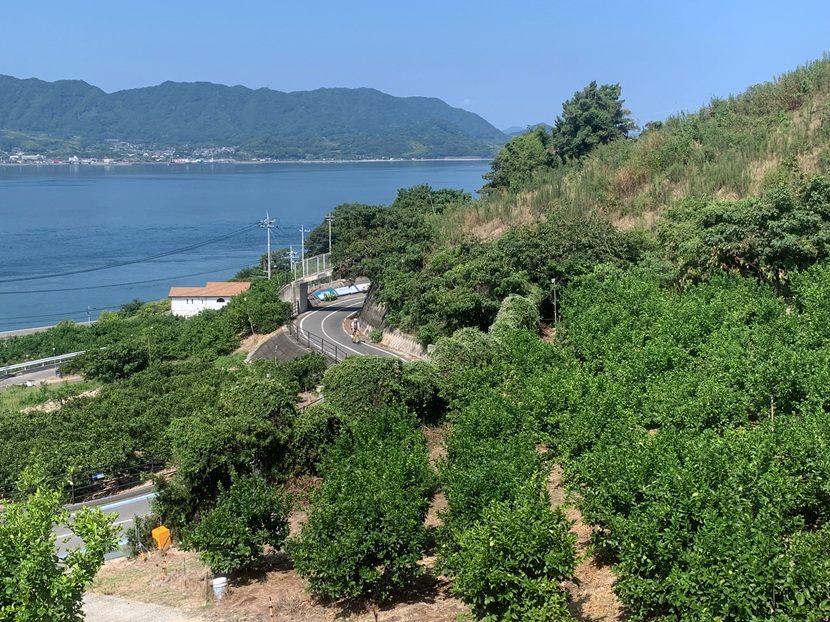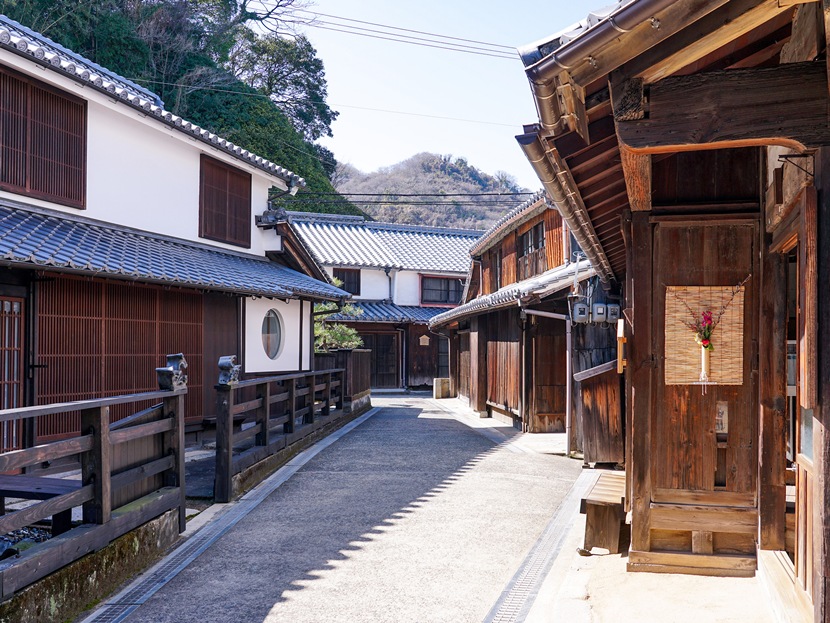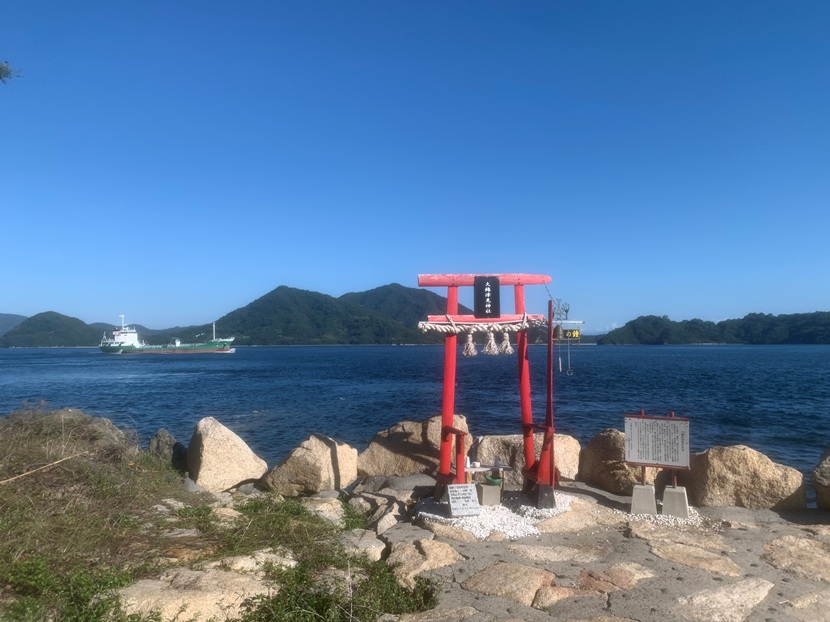Recommended courses for boats and bicycles

It also lands on Osakikamijima by route from the Geiyonada Islands.
A bridge that connects the romantic townscape of Mitarai and Kie with seven emotional islands. Cross the Aki Nada Tobishima Kaido, which is also known as Urashima Nami, via the classic Shimanami Kaido. Cycle Ship Shimanami will make the route that repeat customers want.
For group travel
Tobishima Sea Road




Route map

Cycling information
| Distance | Approx. 42km (driving time: approx. 5-6 hours) |
|---|---|
| Difficulty | For beginner to intermediate students |
| Things to note | We will climb the approach path to Tatara Bridge. This is an easy route to run flat outside of the bridge. |

A magnificent bridge that connects them with the islands scattered across the beautiful sea.
The beauty of the Shimanami Kaido is a blend of rich nature and people's lives, giving us time to relax.
We read the scenery of the Shimanami Kaido as "Shimanami Scenes."


Ikuguchi Island
Lemon Valley


It is said to be the birthplace of domestic lemons, and after reaching the highest production in Japan in 1963 (Showa 38), Ikuguchi Island has not surrendered its title for about 60 years. On this lemon island, the title "Lemon Valley" is truly a view of the lemon fields that "plough it all the way to the heavens"! As you climb the path that takes you straight to the sky from the seaside outer road, you will be greeted by an elegant terrace. At eye-level, you are overwhelmed by the Tatara Ohashi Bridge extending to Omishima, and relax at the thick greenery of the lemon fields below you. The sun and wind are exposed to your whole body, and your mood is like a lemon!
Osaki Shimojima
Mitarai Town




Mitarai was selected as an important preservation area for traditional buildings in 1994 (Heisei 6). Along with Tomo (Fukuyama City), the town as a port town is preserved and utilized. Kitamaefune was the driving force behind Mitarai's port town and its development was the driving force behind its development. The Nishimari Route was developed in 1672 (Kanbun 12) to transport rice from Sakata (Shonai) from the Mogami River basin to Edo. Kitamae Ships use this route to promote trade. Mitarai, which was founded by the Hiroshima Domain in 1666 (Kanbun 2), was a town division, and also flourished as a port of call for Kitamaefune, which was also known as a "moving general trading company." The street leading to the port is lined with townhouses, merchants, boathouses, temples and shrines, and the bustle of the past is reflected in the scene.



Osaki Kamijima
Torii gate at Owatatsumi Shrine




As you head down the quiet sandy beach in Noga towards the end of Nakanohana, you will see a red torii gate. The stone monument erected in 1937 at Owatatsumi Shrine had disappeared into the waves. In 2021 (Reiwa 3), it was discovered between rocks on the edge of the waves, and volunteers repaired it and built a new red torii gate. Kie boasted a glorious harbor as a shore waiting for the wind and tide. The bright light is so bright that the shadows are also glorious...The origin of it is written with the back of the sea. The blueness of the sea and the blueness of the sky spreading beyond the red torii gate! With this contrast in mind, the vessel slowly crosses the area...a space of heartfelt prayer.











